15 Amazing Movies That Don’t Feel as Long as They Are
A long movie can feel like a commitment, but some films barely register their runtime. Their pacing is tightly controlled, the structure is dynamic, and the viewer stays emotionally or intellectually engaged.
Here are some examples of filmmakers using time as a tool, not a hurdle.
Boogie Nights (1997)
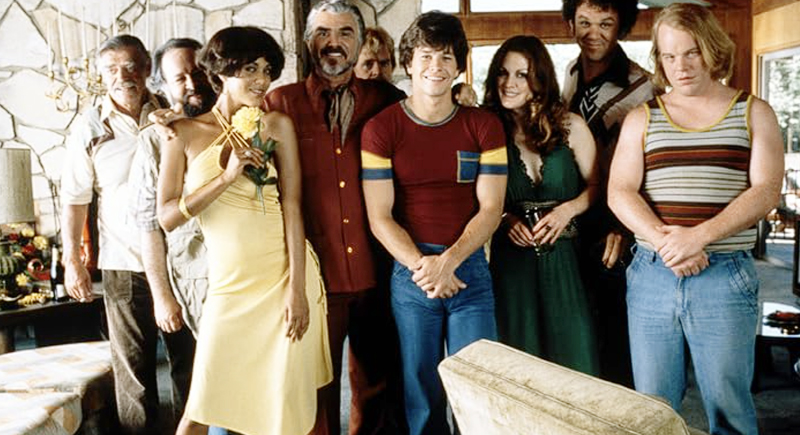
Credit: IMDb
Runtime: 155 minutes
Paul Thomas Anderson’s ensemble film tracks the adult film industry from the late 1970s through the 1980s. The now-famous opening shot is a three-minute tracking shot through a nightclub that maintains the story’s momentum with the same energy. The film was nominated for three Academy Awards, including Best Original Screenplay and Best Supporting Actor (Burt Reynolds). Even at over two and a half hours, there’s rarely a scene that makes you bored.
The Dark Knight (2008)
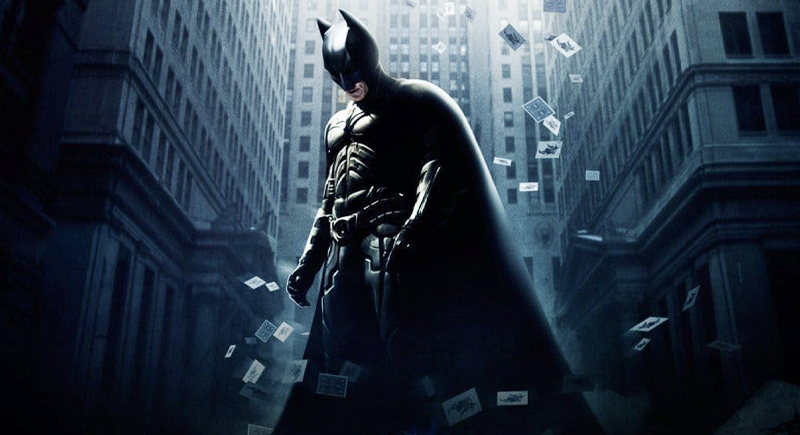
Credit: IMDb
Runtime: 152 minutes
The Dark Knight, edited by Lee Smith, is structured with minimal narrative pause, using cross-cutting and fast transitions to maintain pressure. The film’s IMAX sequences, among the first of their kind in a major blockbuster, were designed by Nolan to make set pieces more immersive. Its $1 billion global box office success confirms that audiences never felt fatigued.
JFK (1991)
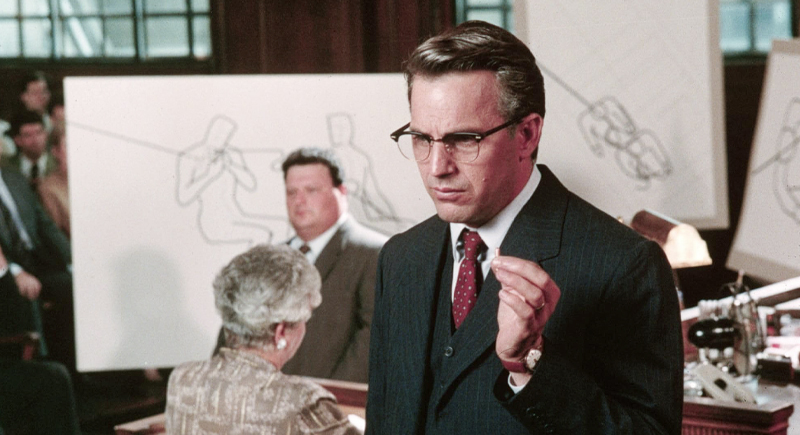
Credit: IMDb
Runtime: 188 minutes
With over 3,000 individual cuts, JFK is among the most fast-paced and edited dramatic films of its time. Editor Joe Hutshing’s work earned an Academy Award, one of two the film won out of eight nominations. Stone’s blend of fictionalized scenes and real archival footage blurs timelines.
Mad Max: Fury Road (2015)
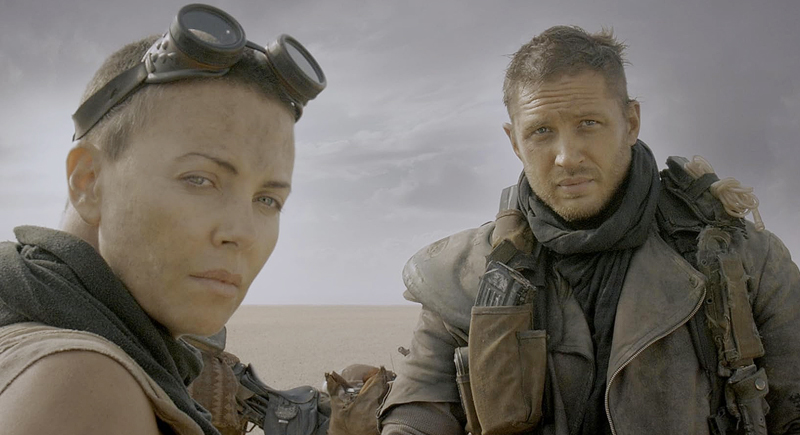
Credit: IMDb
Runtime: 120 minutes
Every action sequence in Fury Road was pre-visualized with storyboards before a script was completed. Editor Margaret Sixel utilized over 470 hours of footage to create the film. It won six Oscars, including Best Editing and Best Production Design.
Pulp Fiction (1994)
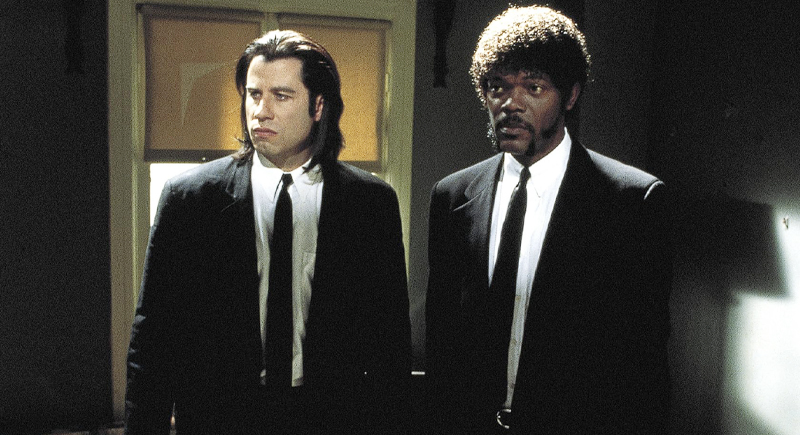
Credit: IMDb
Runtime: 154 minutes
Tarantino’s broken timeline keeps the viewer mentally active to reassemble pieces as they come. The film swings between tones, from dark comedy to brutal violence to pop culture banter. Its fast dialogue and shifting tone keep the viewer engaged despite the extended runtime.
Casino (1995)
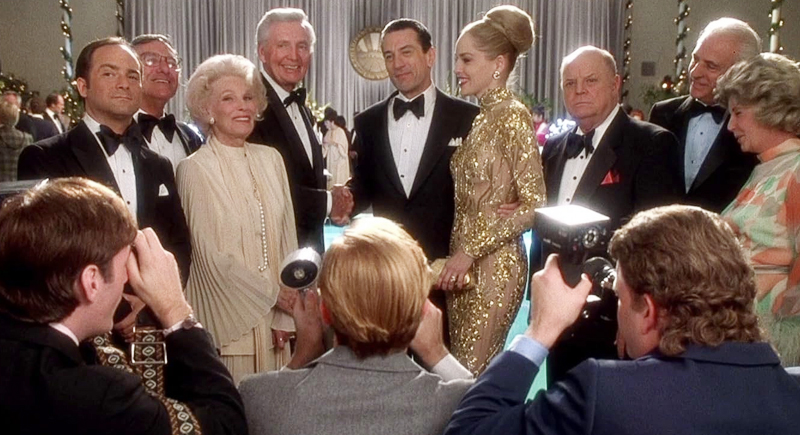
Credit: IMDb
Runtime: 178 minutes
There’s a hypnotic quality to how Scorsese paces Casino. The two narrators overlap and interrupt, voiceovers compress years into moments, and scenes snap forward like you’re inside someone’s memory. The film only really slows in its final act, but by then, you’ve been pulled so deep into the mechanics of Vegas crime that it hardly matters.
Kill Bill: Vol. 1 (2003)
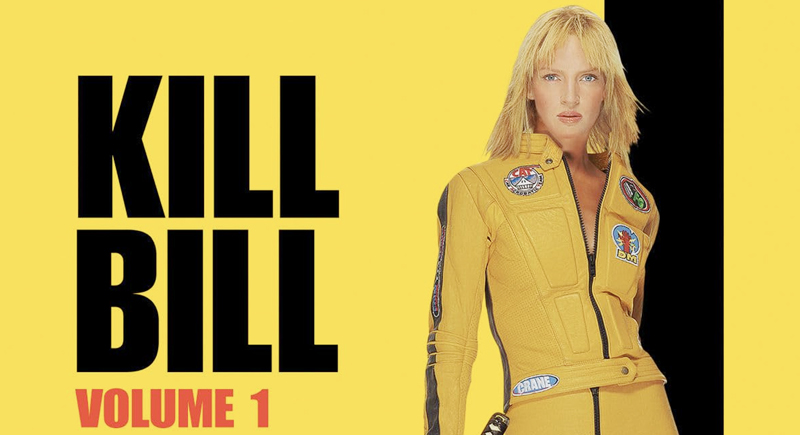
Credit: IMDb
Runtime: 111 minutes
Clocking in just under two hours, it’s one of the shortest films here, but Kill Bill feels like a full saga thanks to its genre-hopping and breathless pace. The anime sequence, the samurai fight, and the duel with the Crazy 88 all break the monotony.
Titanic (1997)
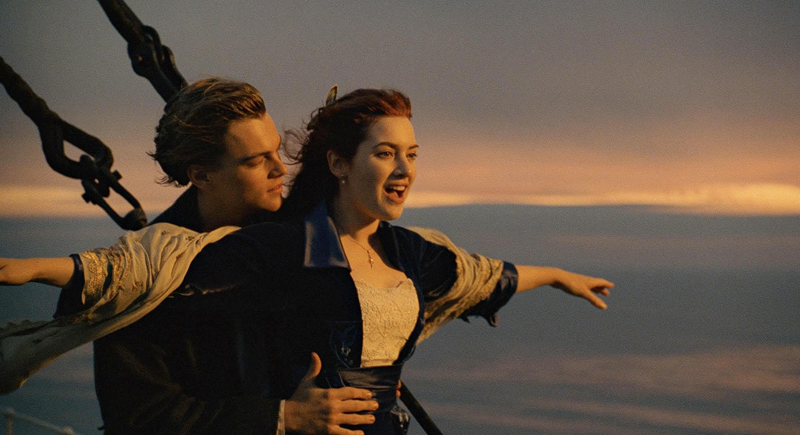
Credit: IMDb
Runtime: 195 minutes
Titanic doesn’t rush, but it doesn’t drag, either. James Cameron splits the narrative in the most creative way. The first half focuses on romance and class divides; the second re-creates the 1912 sinking in near-real time. The film won 11 Oscars and was the first to earn over $1 billion at the global box office.
Uncut Gems (2019)
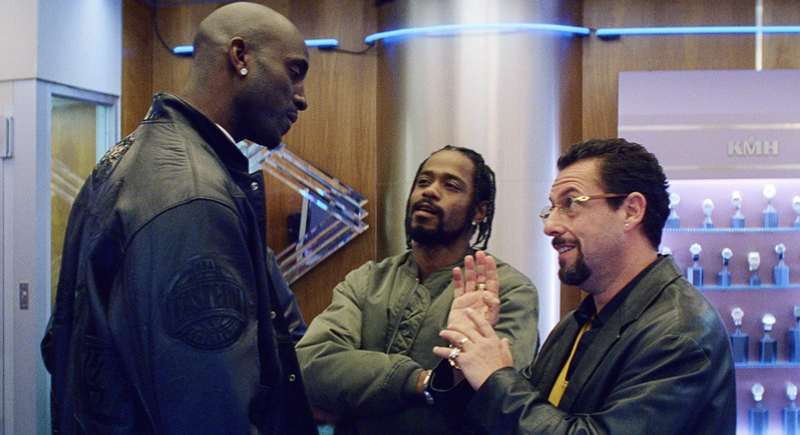
Credit: IMDb
Runtime: 136 minutes
In Uncut Gems, the Safdie brothers combine overlapping dialogue, claustrophobic camera work, and a synth-drenched score that keeps you teetering on edge. Scenes bleed into one another to mimic the lead character’s emotional state.
Avengers: Endgame (2019)
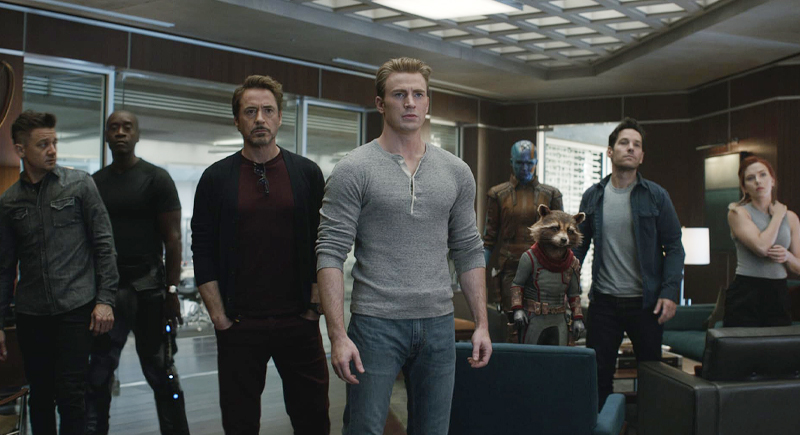
Credit: IMDb
Runtime: 181 minutes
This three-hour film is divided into chapters that feel like their own arcs. The time travel setup acts as a palate cleanser before the final act’s crowd-pleasing brawl. Editors Jeffrey Ford and Matthew Schmidt condensed nearly 900-1,000 hours of footage.
The Man Who Stole the Sun (1979)
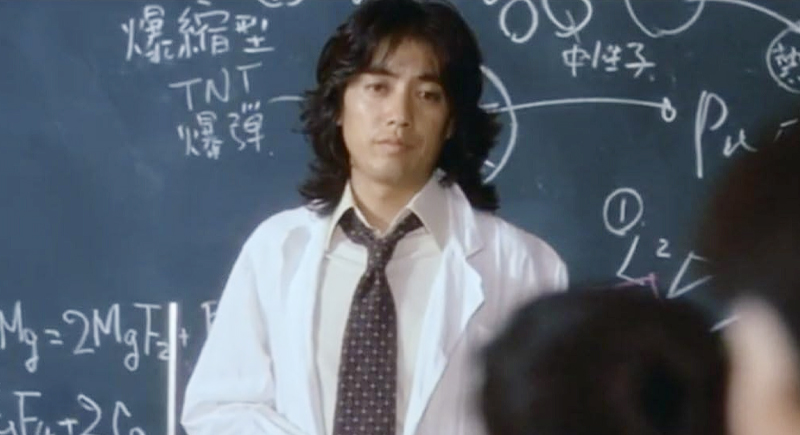
Credit: IMDb
Runtime: 147 minutes
This offbeat Japanese film has sci-fi, dark comedy, and thriller tropes. A high school science teacher builds a homemade atomic bomb, and everything gets stranger from there. Tonal pivots and a synth-heavy score by Ryuichi Sakamoto keep you guessing, which helps the runtime feel surprisingly nimble.
Seven Samurai (1954)
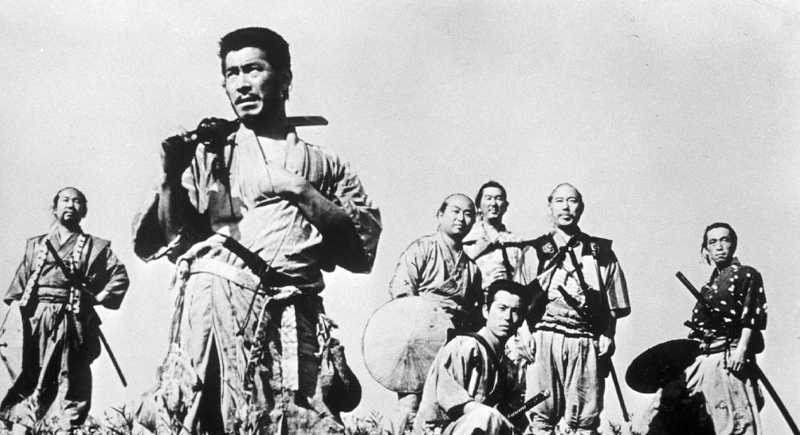
Credit: IMDb
Runtime: 207 minutes
At three and a half hours, Seven Samurai should feel like a marathon. It doesn’t. Kurosawa divided the film into acts of recruitment, planning, and battle, which helps keep focus. His use of deep focus and multiple camera setups during action scenes was revolutionary, but it’s the emotional weight that carries the time without dragging.
The Help (2011)
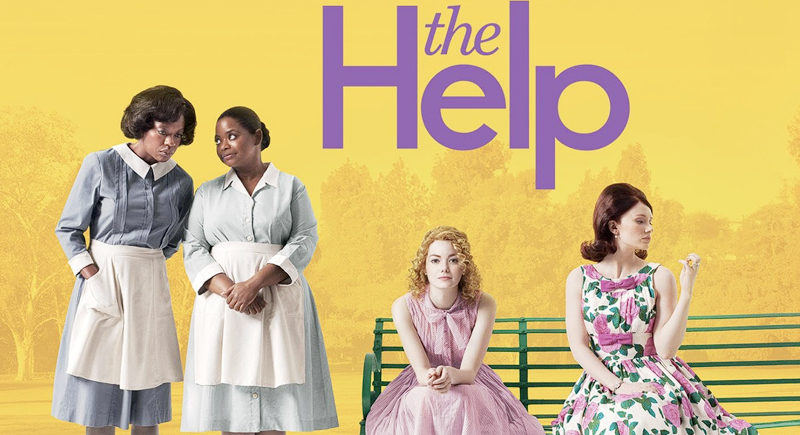
Credit: IMDb
Runtime: 146 minutes
The Help avoids monotony by shifting between perspectives. Every character’s story arc gives a new entry point into the central conflict, and performances by Viola Davis and Octavia Spencer ground even the more melodramatic moments. The frequent scene shifts and emotional stakes help carry the longer runtime.
The Deer Hunter (1978)
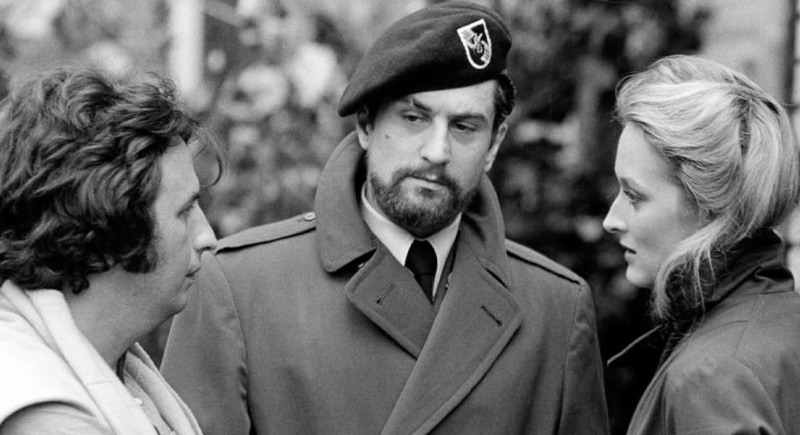
Credit: IMDb
Runtime: 184 minutes
Michael Cimino’s film won five Academy Awards, including Best Picture and Best Director. The lengthy wedding sequence and gradual transition into war serve as structural contrasts. The film’s use of silence and visual storytelling builds tension without rushing through character arcs.
Django Unchained (2012)
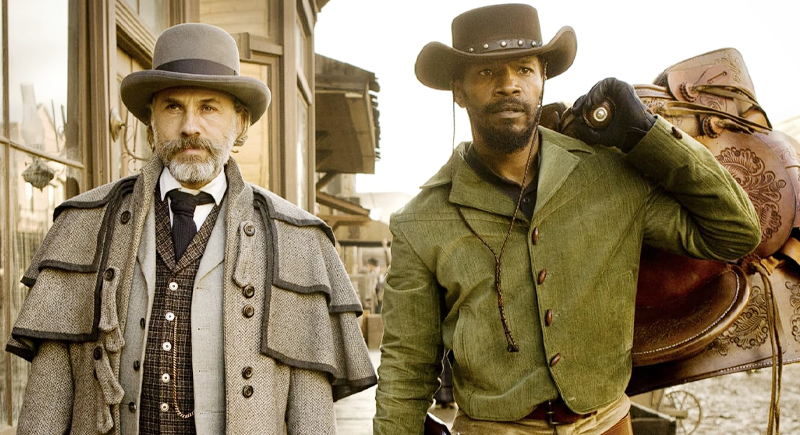
Credit: IMDb
Runtime: 165 minutes
The chapters in this movie reset the story’s momentum every time it risks slowing. The shootout sequences were choreographed with long takes and minimal CGI to keep the viewer inside the action. Christoph Waltz won an Oscar for his performance, one of the film’s two Academy Awards.